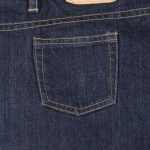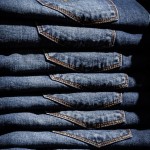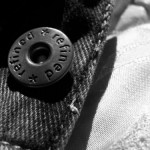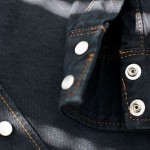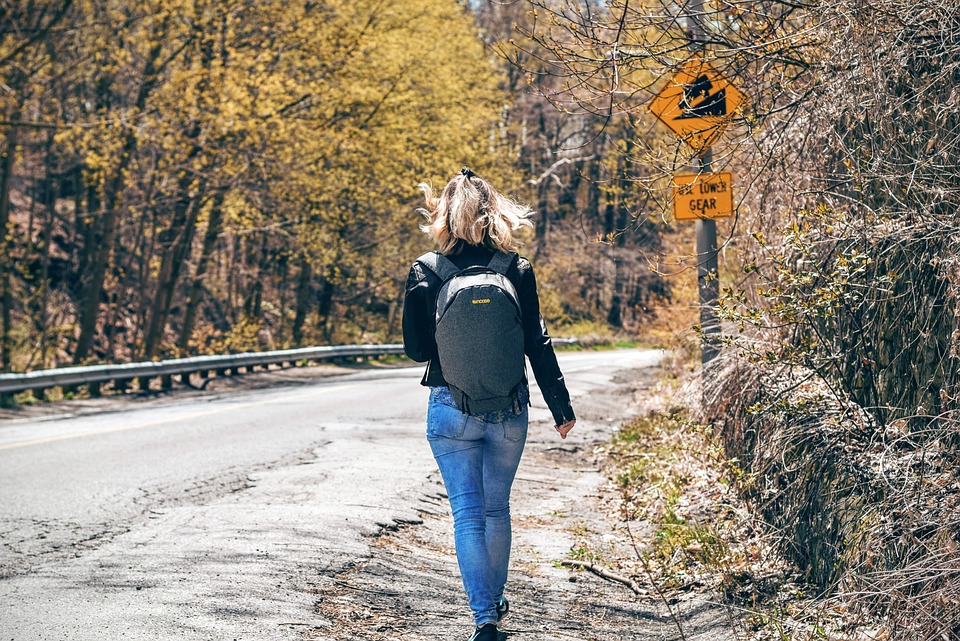
by MakeYourOwnJeans | jeans |
Jeans are often classified according to their rise. There are low-rise jeans as well as medium-rise and high-rise jeans. All three types are typically made of 100% denim. With that said, however, they each have a unique construction that affects their appearance as well as how they fit when worn. In this post, you’ll learn more about about the differences between low-rise, medium-rise and high-rise jeans. The ‘Rise’ Explained The term “rise” refers to the distance from the waistband to the crotch seam. Although there are exceptions, most jeans measure about 7 to 13 inches between these two areas. If you use a tape measure from the waistband of your jeans to the crotch seam, you’ll probably discover that it’s about 7 to 13 inches. When you see or hear the term “rise,” it refers to this distance. Some jeans have a lower rise, whereas others have a higher rise. What Are Low-Rise Jeans Low-rise jeans, as the name suggests, are denim features that are constructed with a short distance between the waistband and the crotch seam. Also known as a low-cut or low-rider jeans, they often measure just 7 to 8 inches from the waistband to the crotch seam. It’s important to note that low-rise jeans also sit lower on your body when worn. Because of their exceptionally short distance from the waistband to the crotch seam, they typically rest several inches below your belly button. In other words, they don’t rest around the midsection of your waist. They sit significantly lower than most other types of jeans, including medium-rise and high-rise jeans. Low-rise jeans have been around...
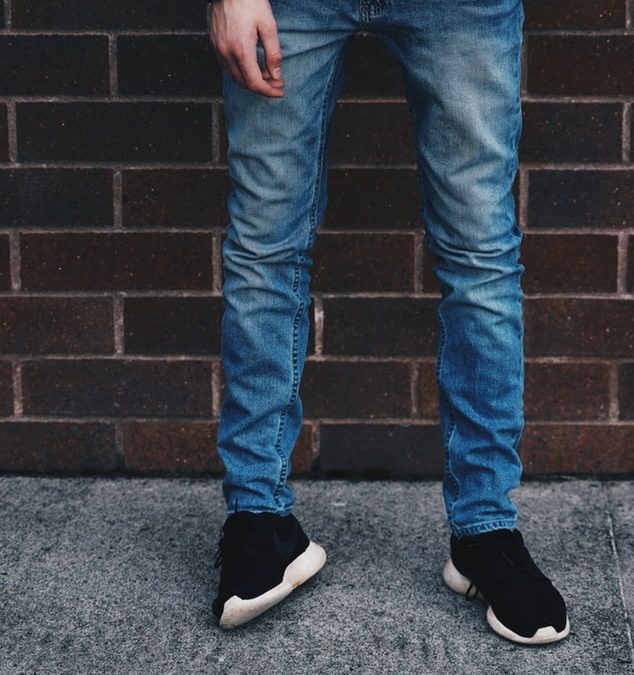
by MakeYourOwnJeans | jeans |
When shopping for a new pair of jeans, it’s important to pay attention to the quality. There are dozens if not hundreds of types of jeans on the market, some of which are better than others. If you simply choose the cheapest pair you come across at a retail apparel store, you’ll probably end up with low-quality jeans. As a result, you can expect them to degrade more quickly. You can avoid this headache, however, by emphasizing quality in your purchasing decision. But how exactly can you spot a pair of high-quality jeans? Inspect the Pockets High-quality jeans are typically made with many durable and well-crafted pockets. It’s not uncommon for low-quality jeans to feature just four pockets — two in the front and two in the back. High-quality jeans, on the other hand, often have five pockets. In addition to the standard four pockets, they have an extra fifth pocket. You can typically find the fifth pocket inside one of the front two pockets. It’s a smaller pocket that’s been used in denim jeans for decades. Although this fifth small pocket was originally used for pocket watches, it’s now used primarily an aesthetic feature. It offers a uniquely attractive appearance that’s not found in other, lower-quality jeans with fewer pockets. Therefore, you should inspect the pockets when shopping for a new pair of jeans. If they have five or more pockets, they are probably made of higher-quality materials, as well as craftsmanship, than those with four or fewer pockets. Check the Tag Of course, you should also check the tag to see what material or materials the jeans...
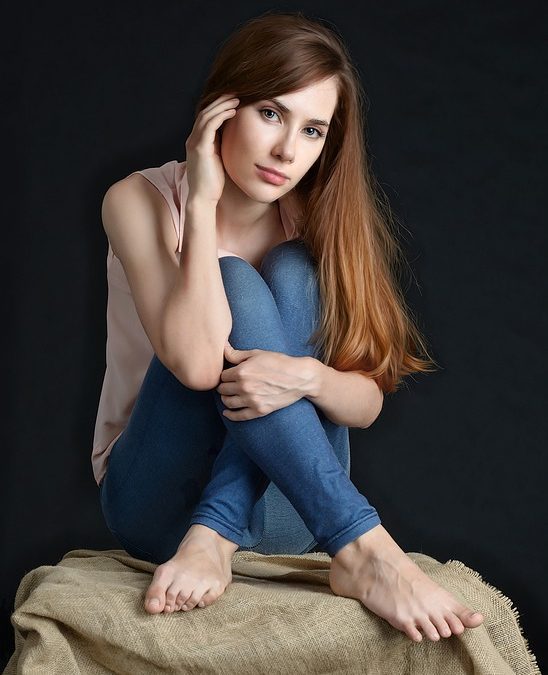
by MakeYourOwnJeans | jeans |
It’s no secret that stretch jeans have become an increasingly popular alternative to traditional jeans in recent years. Characterized by a more elastic composition, they aren’t as restrictive as traditional jeans. If you’re thinking about investing in a pair of women’s stretch jeans, though, there are a few things you should know. In this post, we’re going to take a closer look at women’s stretch jeans, revealing what they are made of and how to find the perfect pair. What Are Stretch Jeans? Stretch jeans are jeans made of both denim as well as an elastic fabric. Denim itself isn’t very elastic. Rather, it’s a strong and durable fabric. To increase the elasticity of their jeans, some manufacturers add an elastic fabric. Stretch jeans are still made mostly of denim. However, they contain a small amount of elastic fabric, which is responsible for increasing their elasticity. A typical pair of women’s stretch jeans may consist of 97% denim (cotton) and just 3% elastic fabric. As you can see, that’s a very small amount of elastic fabric — but it’s still enough to change the physical properties of the jeans by making them more elastic. They are called “stretch jeans” because their increased elasticity allows them to stretch without breaking. Other jeans can also stretch — to some degree, at least — but since they are typically made entirely of denim, they don’t offer the same level of elasticity as genuine stretch jeans. Some of the most common elastic fabrics used in the construction of stretch jeans include the following: LycraPolyesterSpandex The Benefits of Stretch Jeans You might be wondering...
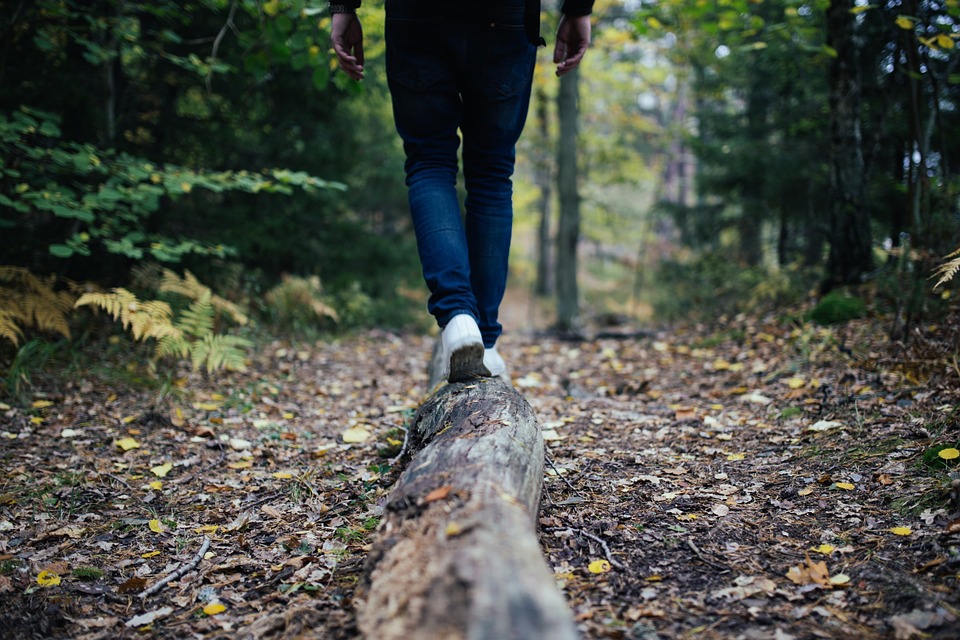
by MakeYourOwnJeans | jeans |
Jeans are one of the most recognizable garments in the world. Featuring a denim construction, they offer a superior level of comfort, style and durability — three qualities you won’t find in many other types of pants or trousers. Even if you’re familiar with the general construction of jeans, though, there are probably some things you don’t know about them. In this post, we’re going to reveal nine surprising facts about jeans. #1) The Average Women Owns 7 Pairs of Jeans To say jeans are popular would be an understatement. Research shows the average woman owns seven pairs of jeans. Of course, many women, as well as men, own more than seven pairs of jeans. Some own over a dozen pairs of jeans. Based on these figures, jeans are the single most popular type of pants in the world. #2) Jeans Were Originally Created for Cowboys and Miners You might be surprised to learn that jeans were originally created for cowboys and miners. During the 1800s, a man named Levi Strauss designed the rugged denim-based pants specifically for cowboys and miners. As sales for Strauss’s new pants increased, other people took notice. It wasn’t long until the general public was scooping up jeans. Throughout the 1900s and even the 2000s, jeans have only become more popular. While cowboys and miners still wear them, workers in countless other professions — as well as everyday consumers — now wear jeans on a regular basis. #3) The Small Pockets Were Created for Watches If you look inside the pockets of your jeans, you may discover an extra small pocket. Each of the...

by MakeYourOwnJeans | jeans |
There’s no denying the fact that distressed denim jeans have become increasingly popular in recent years. Worn by men and women alike, they are characterized by areas of intentional wearing. While most jeans feature smooth and unbroken denim, distressed jeans typically have patches in which the denim fabric is torn and tattered. It’s a subtle nuance that results in a uniquely aged style. But if you’re planning to invest in a pair of distressed jeans, you’ll need to follow some basic steps to make them last. You can’t treat distressed jeans like any ordinary pair of jeans. Because they have areas of intentional wearing, they are more likely to sustain damage. You can make your distressed jeans last, however, by following the tips outlined in this blog post. Turn Them Inside Out When Washing When washing your distressed jeans, turn them inside out. Most people simply toss their jeans, as well as other clothes, in the washing machine without turning them inside out. While this is perfectly fine with most other clothes, it increases the risk of damage with distressed denim. Distressed jeans already have areas in which the denim fabric is torn and tattered. By turning your distressed jeans inside out, they are less likely to sustain damage in the washing machine. It only takes a minute to turn your distressed jeans inside out, but doing so will allow you to get more use out of them. Wash Less Frequently Contrary to popular belief, you don’t have to wash your distressed jeans each time you wear them. Assuming they aren’t dirty, you may be able to wear them...
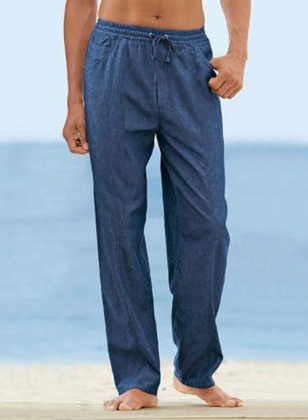
by MakeYourOwnJeans | jeans |
Worn by men and women alike, jeans are one of the world’s most common type of pants. They were invented in the late 1800s, and during that time, they’ve become synonymous with comfortable and durable casual wear. If you’re looking for a pair of comfortable, long-lasting pants, you can’t go wrong with jeans. With that said, however, not all jeans feature the exact same design. While most jeans feature a rigid waistband, others have an elastic waistband. Known as pull-on jeans, they’ve become an increasingly popular alternative to traditional jeans in recent years. Overview of Pull-On Jeans As the name suggests, pull-on jeans are jeans that you can literally “pull on.” They typically feature an elastic waistband with an easy-to-use drawstring. This is in stark contrast to traditional jeans, which typically feature a rigid waistband with either a row of buttons or zipper. Aside from these nuances, pull-on jeans are pretty much the same as traditional jeans. Both pull-on jeans and traditional jeans are made of denim, and they’ll both offer an unparalleled level of comfort and durability when compared to other styles of pants. The only real difference is that pull-on jeans feature an elastic waistband with a drawstring, whereas traditional jeans feature a rigid waistband with either buttons or a zipper. Advantages of Wearing Pull-On Jeans Why should you choose pull-on jeans instead of traditional jeans? For starters, pull-on jeans feature a lightweight design that’s particularly useful for highly active people who are always on the go. This pair of pull-on jeans sold here at MakeYourOwnJeans, for example, is made of just 7 ounces of premium denim....








